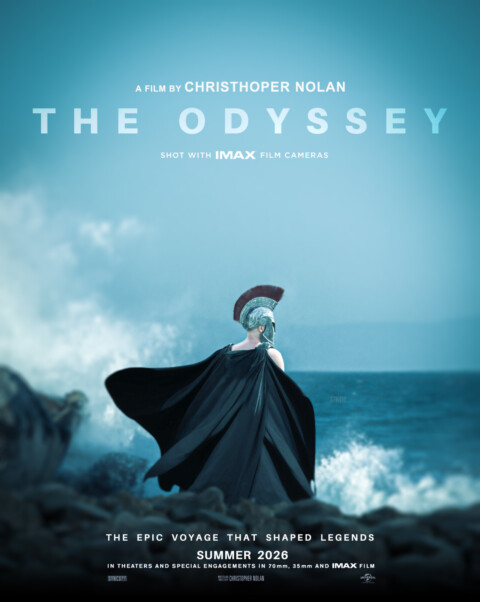 The real-life case of high schooler Lauryn Licari has been recently documented and presented on Netflix as “Unknown Number: The High School Catfish”. The story follows a high school student named Lauryn and her relationship with her boyfriend, Owen McKenny, as they are constantly harassed by an anonymous student sending threatening and inappropriate messages to both of them, presumably jealous of their relationship with each other. Over the course of working together to try to find the culprit, the messages become more consistent and more threatening, to the point where Lauryn and Owen break up in their relationship. Even after they lose contact, the “Unknown Number” continues to send threatening messages to Laryn and sexually harasses Owen. After a long time of working with the police to find the person behind the messages, a series of deep searches and constant looking revealed the owner’s mother to be the one behind the screen: Kendra Licari. It is important to keep in mind the impact this could have on the minds of other teens as well.
The real-life case of high schooler Lauryn Licari has been recently documented and presented on Netflix as “Unknown Number: The High School Catfish”. The story follows a high school student named Lauryn and her relationship with her boyfriend, Owen McKenny, as they are constantly harassed by an anonymous student sending threatening and inappropriate messages to both of them, presumably jealous of their relationship with each other. Over the course of working together to try to find the culprit, the messages become more consistent and more threatening, to the point where Lauryn and Owen break up in their relationship. Even after they lose contact, the “Unknown Number” continues to send threatening messages to Laryn and sexually harasses Owen. After a long time of working with the police to find the person behind the messages, a series of deep searches and constant looking revealed the owner’s mother to be the one behind the screen: Kendra Licari. It is important to keep in mind the impact this could have on the minds of other teens as well.
The Psychological Impact Catfishing has on Teens
In the modern age of technology, forming and harnessing online relationships can be extremely dangerous, even when taking precautionary actions; you never know who could be the person behind the screen. For Lauryn, she believed her stalker to be another student at her school, similar in age and with little capability to do her harm. In reality, the culprit was her own mother, someone she relayed all her troubles to, someone she believed she could trust with her entire soul.
In general, one should always be careful with the people they meet online. The illusion of a different face behind a screen often blurs the line between how far an online relationship can interfere with real-world relationships.
The eSafety Commissioners define catfishing as “when someone sets up a fake online identity and uses it to trick and control others.” Over the course of new technology allowing for greater amounts of communication, time and time again, catfishing has proven to be a significant issue for teens in the digital age. The true story of Lauryn Licari’s case serves as a reminder of how easily someone can be dangerous online, both mentally and sometimes even physically.
It’s easy for teens to face psychological challenges related to social media and cyberbullying.
Online Safety
 While the digital world offers opportunities to express oneself, it also allows potential individuals to be tricked and manipulated online into believing things that are not true. Furthermore, now with the increased use of AI within digital communication, it’s easier than ever to fall for tricks and catfishing online. This is something everyone should consider, not just high school students. Many people struggle with interacting with strangers online, never knowing if they are who they say they truly are.
While the digital world offers opportunities to express oneself, it also allows potential individuals to be tricked and manipulated online into believing things that are not true. Furthermore, now with the increased use of AI within digital communication, it’s easier than ever to fall for tricks and catfishing online. This is something everyone should consider, not just high school students. Many people struggle with interacting with strangers online, never knowing if they are who they say they truly are.
Social media is a powerful online source for communication, and while it can be helpful, it is also extremely dangerous to navigate. As social media increasingly plays a central role in how relationships are initiated and maintained, teens need to recognize the potential hazards of speaking to strangers online.







